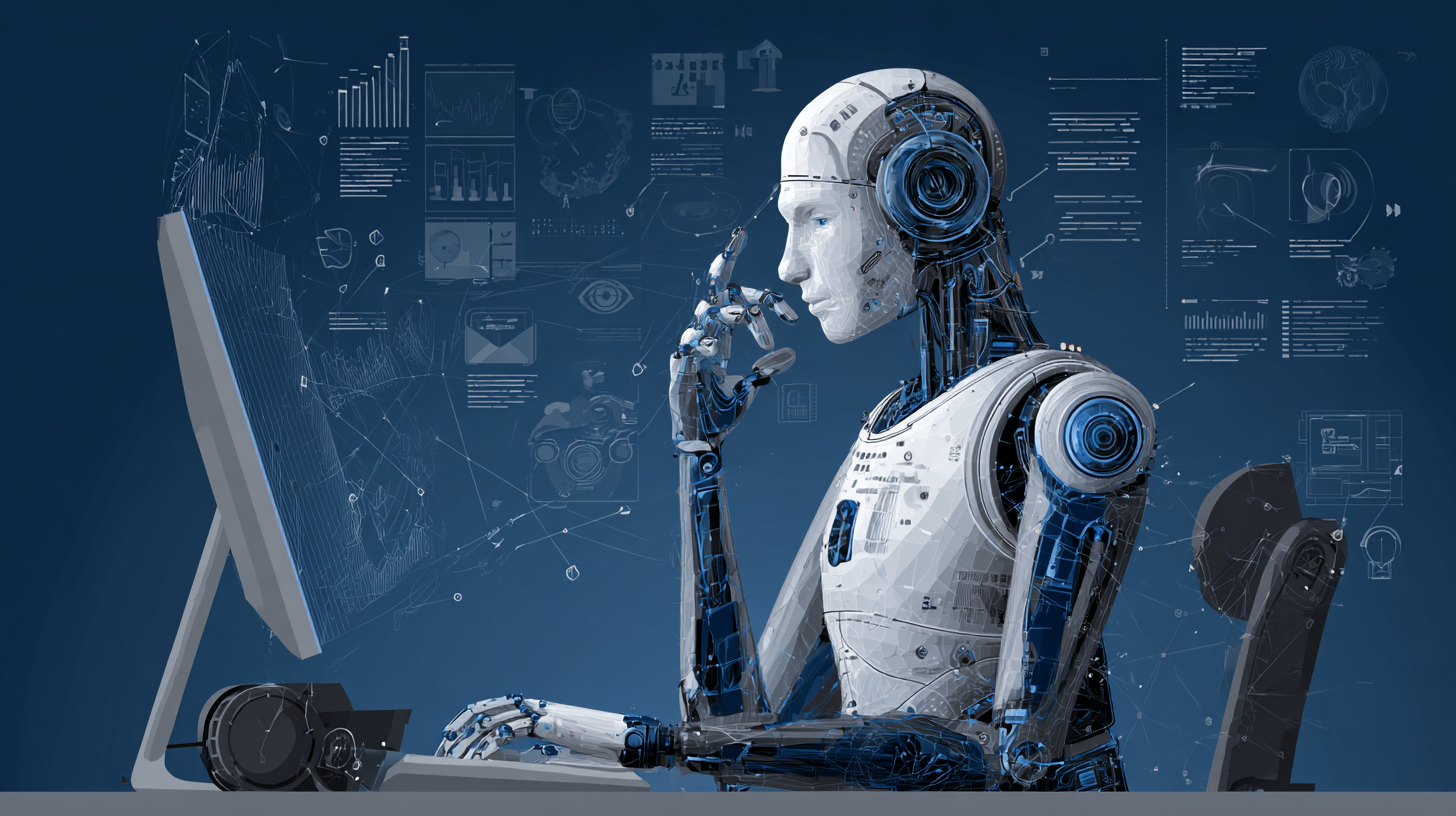For years, AI has been smart, but not really useful.
Sure, you could ask it a question and get a well-written answer. You could generate a picture from a sentence or get help debugging some code. But that's where it stopped. You still had to be the one doing all the work, clicking, copying, pasting, switching between apps, and thinking through next steps.
Now that's changing.
Thanks to two powerful trends, multimodal AI and agentic AI, we're entering an era where artificial intelligence doesn't just respond to you. It works with you. It sees what you see, hears what you hear, and can act on your behalf to get things done.
This shift isn't just technical, it's personal. It's the difference between using a tool and having a partner.
What Is Multimodal AI?
Multimodal AI refers to systems that can understand and combine multiple types of input: text, images, audio, video, and structured data. Instead of just reading a sentence, a multimodal model can look at a chart, listen to your question, and explain what it means, all in the same breath.
If you've ever pointed to a broken appliance and asked, "What's wrong with this?" you've used your vision and language together to solve a problem. Multimodal AI does the same.
Some examples:
- Upload a messy spreadsheet and ask for a summary.
- Show a chart and ask for key insights.
- Take a photo of a receipt and extract totals automatically.
- Watch a video and summarize its content.
These capabilities are already showing up in real tools. For instance, OpenAI's GPT-4o can take voice, text, and visual inputs and respond in real-time. It's fast, context-aware, and able to switch between formats like a human would.
Google's Gemini 1.5 can handle up to a million tokens of mixed media, including PDFs, images, and long transcripts, making it ideal for tasks like contract review or educational tutoring.
What Are AI Agents?
While multimodal AI gives models the ability to understand different inputs, AI agents give them the ability to act.
An AI agent is like a smart digital coworker. It doesn't just give you suggestions, it follows through. It can:
- Plan and schedule your meetings.
- Search the web and pull in the latest research.
- Fill out forms.
- Run code.
- Monitor tasks and report back when something's complete.
Instead of "tell me how to do it," it's "just do it for me."
Think of it like hiring a virtual assistant who never sleeps, never forgets, and gets smarter over time.
The Power of Combining the Two
When multimodal understanding meets agentic behavior, the result is a system that's not just intelligent, but useful.
Let's say you're a marketing manager. With a multimodal agent, you could:
- Upload last month's campaign slide deck.
- Share screenshots of performance metrics.
- Ask for insights like: "Which campaign performed best, and what should we double down on?"
Then, you could say:
"Draft an email to the team summarizing this and schedule a meeting next Thursday to discuss."
And it would do exactly that.
No switching tools. No formatting data. No cognitive juggling. Just results.
Real Examples in the Wild
OpenAI's GPT-4o
This model is a breakthrough in real-time interaction. It can talk, see, and reason across formats. It's like talking to a person, only faster and always available.
Devin by Cognition Labs
Devin is being called the first true AI software engineer. It reads specs, writes code, runs tests, and deploys the result, all without a human writing a single line. It's not science fiction, it's already working on real GitHub projects.
CrewAI and AutoGen
These are frameworks for deploying multi-agent systems that work together. For example, one agent plans, another researches, and another executes. You give it a goal, and they collaborate like a human team. Check out CrewAI on GitHub.
Where It's Headed
In the next 12–24 months, expect to see:
- Truly personal agents that remember your preferences, voice, and work habits.
- Cross-platform integration with your email, calendar, files, and databases.
- Autonomous workflows that trigger actions based on data, without needing to be told.
- Voice-first interfaces that feel like talking to a helpful, knowledgeable friend.
This isn't just a better search engine. It's a whole new way of interacting with technology.
What You Should Know (and Watch Out For)
As powerful as these systems are, they come with real responsibilities.
Security
When you let an agent read your email, calendar, or files, you're giving it access to your digital life. Choose tools with strong encryption, permissions, and audit logs.
Bias and Error
An agent that sees and acts can still be wrong. Multimodal understanding doesn't eliminate hallucination, it just gives more context. Always validate critical actions.
Overdependence
If agents are doing all the planning, we need to be sure we're still thinking critically ourselves.
Final Thoughts
This shift, toward AI that sees, thinks, and acts, isn't a tech upgrade. It's a paradigm shift.
Multimodal agents are not just assistants. They're collaborators. They're task runners. They're context-aware partners that can help you move faster, make better decisions, and stay focused on the things that matter most.
And just like the smartphone or the internet before it, this technology is going to reshape how we work, learn, and live.
If you haven't started experimenting with agents yet, now is the time. This is the next big leap in AI, and it's already here.
Want help building your own AI agent?
Whether it's automating your inbox, summarizing reports, or managing customer workflows, I help teams build custom, secure AI solutions using tools like Vertex AI, ChromaDB, and n8n.
Reach out anytime, or subscribe to the newsletter for more guides like this.
– Joseph Leavitt
Data Scientist, Tech enthusiast & AI Strategist
